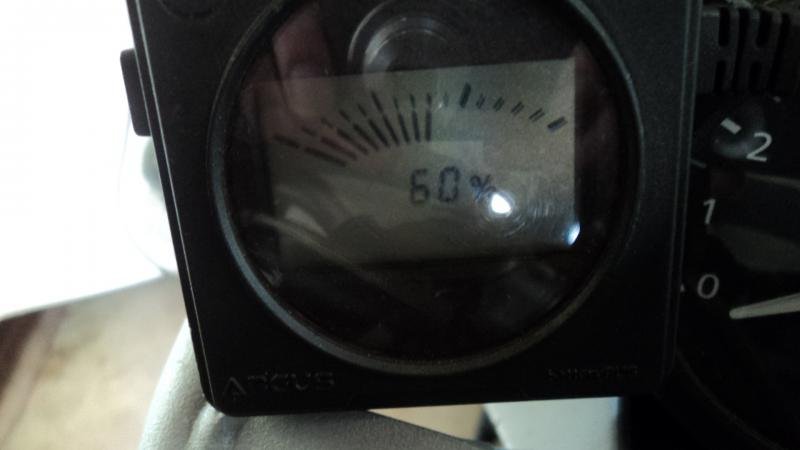f14rio
New member
the battery says, "1.5 amps @ 5-10 hrs or 6.0 amps @ 1.0 hour"
the charger I have says, "750 milamps @ 12vdc"
so the charger only squirts 1/2 the amps the battery says it wants.
can't I just leave it connected longer to do the initial charge or is less than 1.5 amps a bad thing?
the charger I have says, "750 milamps @ 12vdc"
so the charger only squirts 1/2 the amps the battery says it wants.
can't I just leave it connected longer to do the initial charge or is less than 1.5 amps a bad thing?




